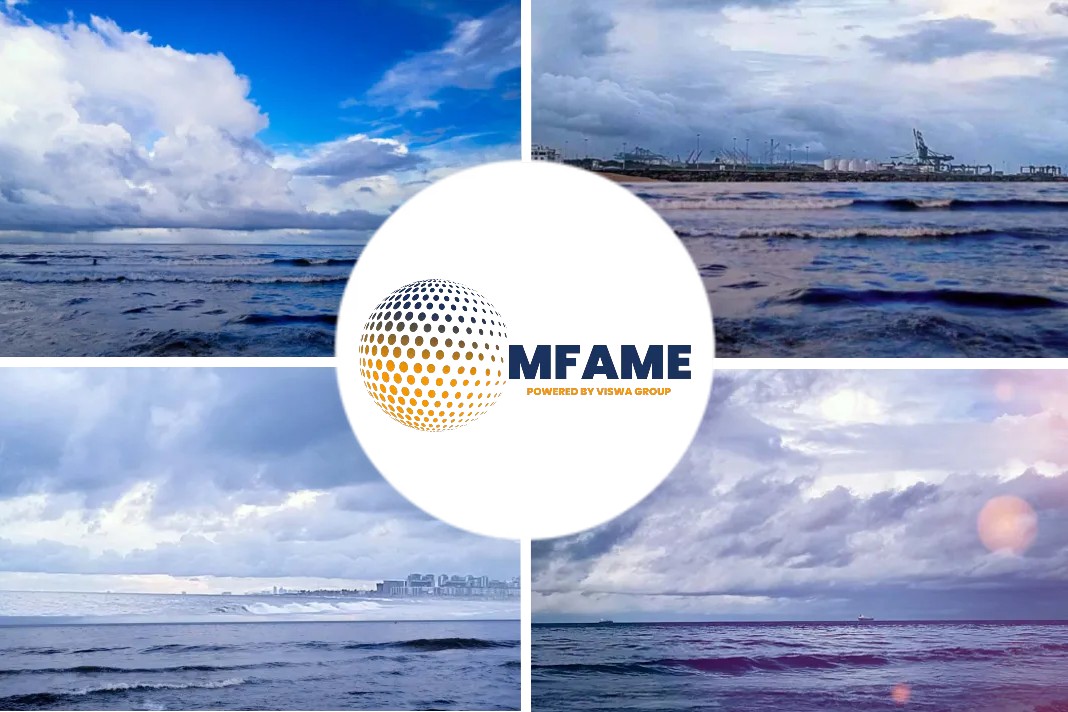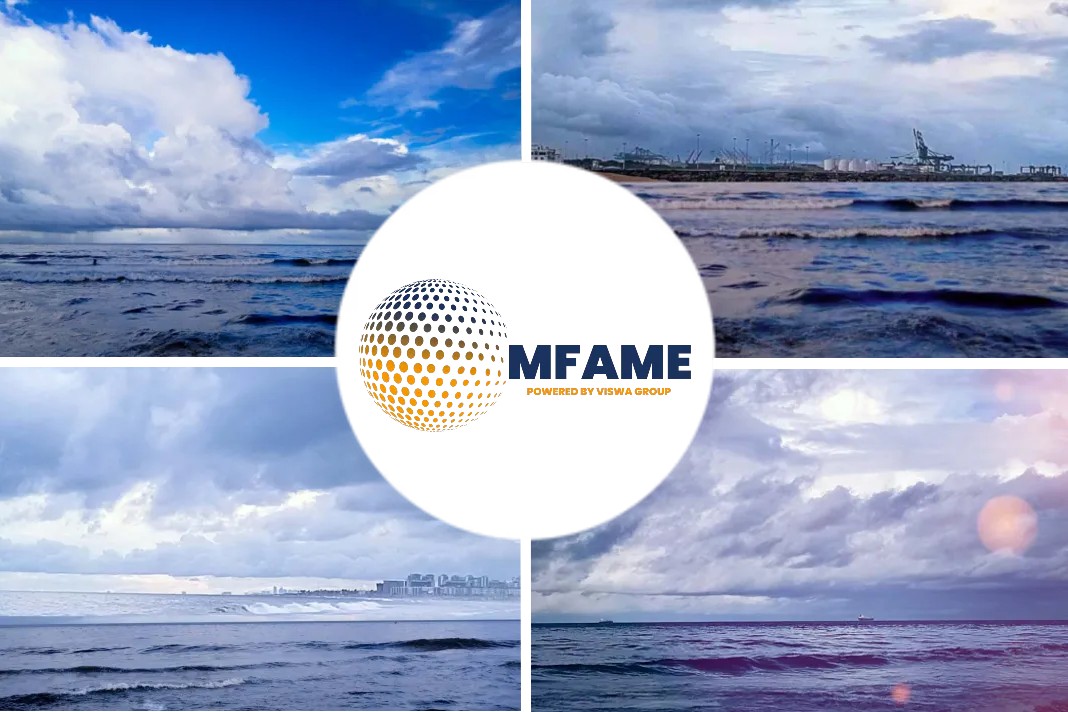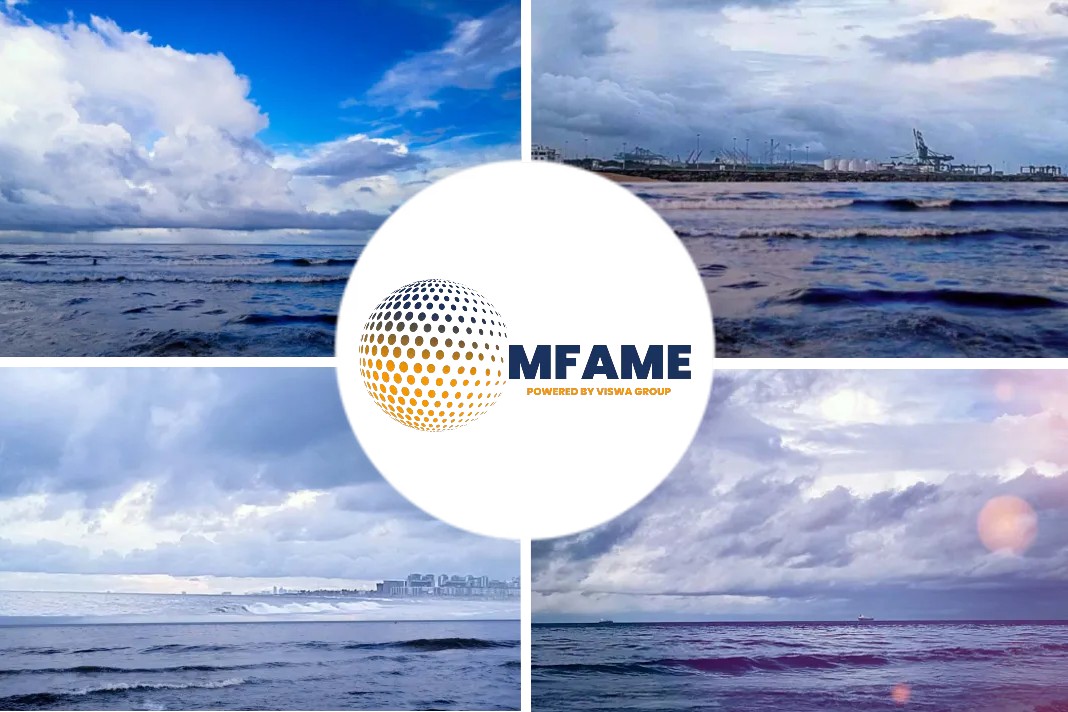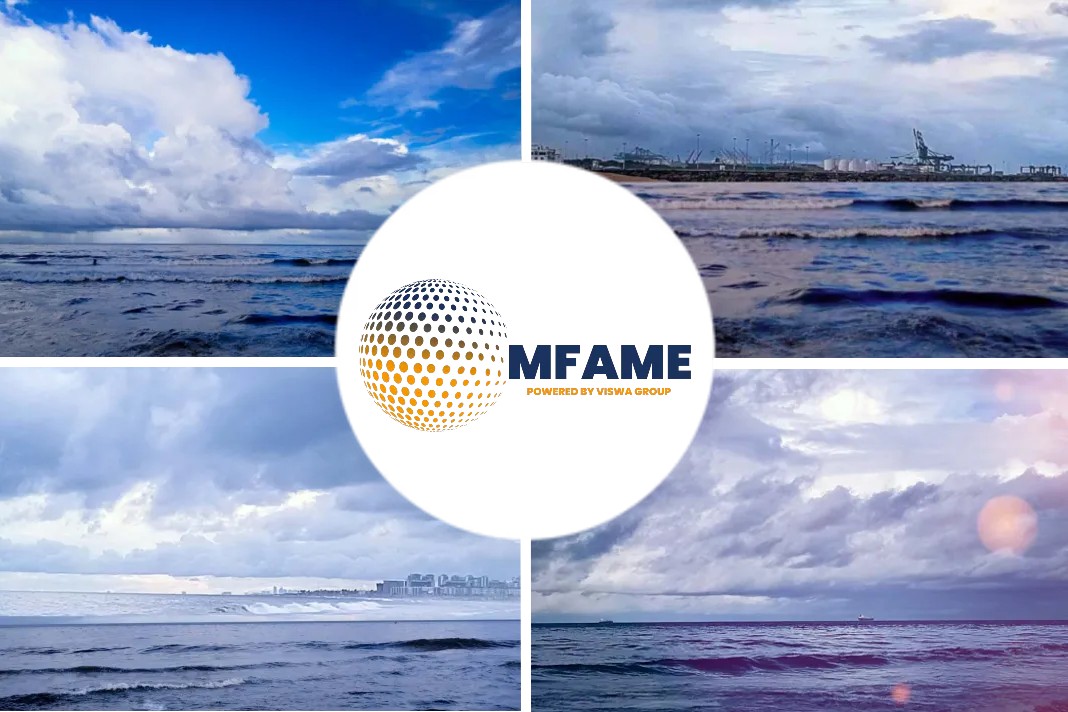Using a number of case studies, this research investigates how onboard carbon capture (OCC) is helping the maritime sector go carbon-free. The case studies examine the effects of full or partial OCC implementation on a tanker, container, and bulk vessels operating on carbon-based fuels during new construction or retrofit as reported by Zero Carbon Shipping.
OCC
Onboard carbon capture (OCC) is being considered a technology that will play a role in decarbonizing shipping, in combination with energy efficiency and alternative fuels.
OCC can be applied to all carbon-containing fossil, electro, and biofuels and, as a result, could play a mid- to a long-term role in maritime decarbonization.
However, the applicability of OCC depends on several factors including OCC technology development, commercial viability, alternative fuel prices and availability, and future emission-related regulatory requirements.
To gain a better understanding of the role of OCC in maritime decarbonization and assess OCC’s business case for different vessel types and sizes, we analyzed the applicability of OCC to the largest shipping segments (container, bulk, and tanker), main carbon-based fuels and full and partial application as part of a retrofit or newbuild.
Exhaust gas
It is possible to separate or capture CO2 both before and after combustion. Reforming is used in pre-combustion capture to separate gases, primarily into hydrogen and CO2. This method is used to convert carbon-containing fuels to hydrogen for use in fuel cells inside vehicles. In post-combustion capture, CO2 is captured and stored using exhaust gas. For use aboard, there are a variety of exhaust gas (post-combustion) carbon capture methods and CO2 storage options. Some carbon capture devices require preconditioning to raise the CO2 concentration. This study made advantage of liquid amine absorption after burning along with liquid CO2 storage. The full OCC system consists of a liquid amine absorption capture unit, liquefaction unit and storage tank (Figure 1).
Installing OCC
We completed a series of case studies covering the installation of OCC on low sulfur fuel oil (LSFO)-, LNG- and methanol (MeOH)-fueled vessels within the three largest segments (container, bulk, and tanker).
While most of our studies focus on new-build integration, the VLCC case study also includes retrofitting a partial and full OCC system on an existing vessel.
We did not consider the integration of OCC on LNG bulk carriers due to significant cargo losses.
Next, we considered the required dimensions for CO2 storage tanks and their ideal location.
Loss of cargo (volume and weight) when installing an OCC system was also an important consideration.
For this study, loss of cargo weight was calculated as the increase of lightweight due to the carbon capture system plus the weight of captured CO2 minus the weight of consumed fuel.
(Figure2)
Carbon capture
For a very large crude carrier (VLCC) new build, the best business case studied, CO2 abatement cost ranges from $220-290/tonCO2 with a tank-to-wake effective CO2 emission reduction of 74-78%.
We assumed that CO2 would be discharged in PG for the VLCC case.
Carbon reduction performance for the VLCC case is provided in Figure 3.
For the LSFO fuel type, the OCC system increases CO2 emissions by 42% due to the additional energy demand.
In the case of the LSFO version and maximum carbon capture, about 55% of the additional energy is required for electricity (for circulation pump, liquefaction, etc.)
Vessel arrangement
Figure 4 shows the VLCC’s vessel arrangement and the major modification areas in the machinery, casing and deckhouse areas. The VLCC does not see a loss in cargo volume, but the increased lightweighting results in a 3-4% reduction in deadweight (2,800-3,600 tons). Without reinforcing the hull construction, a minimal impact on the vessel’s bending moment can be reduced by modifying the loading conditions. The height of the bridge must be raised by 4-5 metres as the CO2 storage tanks are positioned on the deck.
Based on the case studies completed, we concluded that:
- OCC with chemical absorption is technically feasible and expected to reach commercial availability by 2030,
- Additional OCC energy requirements lead to higher total fuel consumption (up to a 45% increase),
- Potential application of OCC shows the most promise for newbuilds as retrofits are costly and can require major modifications,
- Partial carbon capture typically leads to higher CO2 abatement costs due to high initial CAPEX, and
- OCC on large tankers has the best business cases while small bulk carriers have the most challenges.
Reducing emissions
Although the emissions reduction potential of OCC is significant, currently its CO2 abatement costs are high.
Still, with further development, OCC could play a role in the mid-term to reduce the emission intensity of existing fossil-fueled vessels.
Further analyses and developments are required to maximise OCC emission reduction and minimize costs, as well as develop business models that would allow utilization and storage of the carbon captured onboard vessels.
As a continuation of this work, the MMMCZCS has initiated an onboard carbon capture working group to study additional OCC technologies, applications, and business models.
Although OCC technologies are still in development, they will be commercially available soon and can provide significant emission reductions.
Did you subscribe to our daily Newsletter?
It’s Free! Click here to Subscribe
Source: Zero Carbon Shipping



























